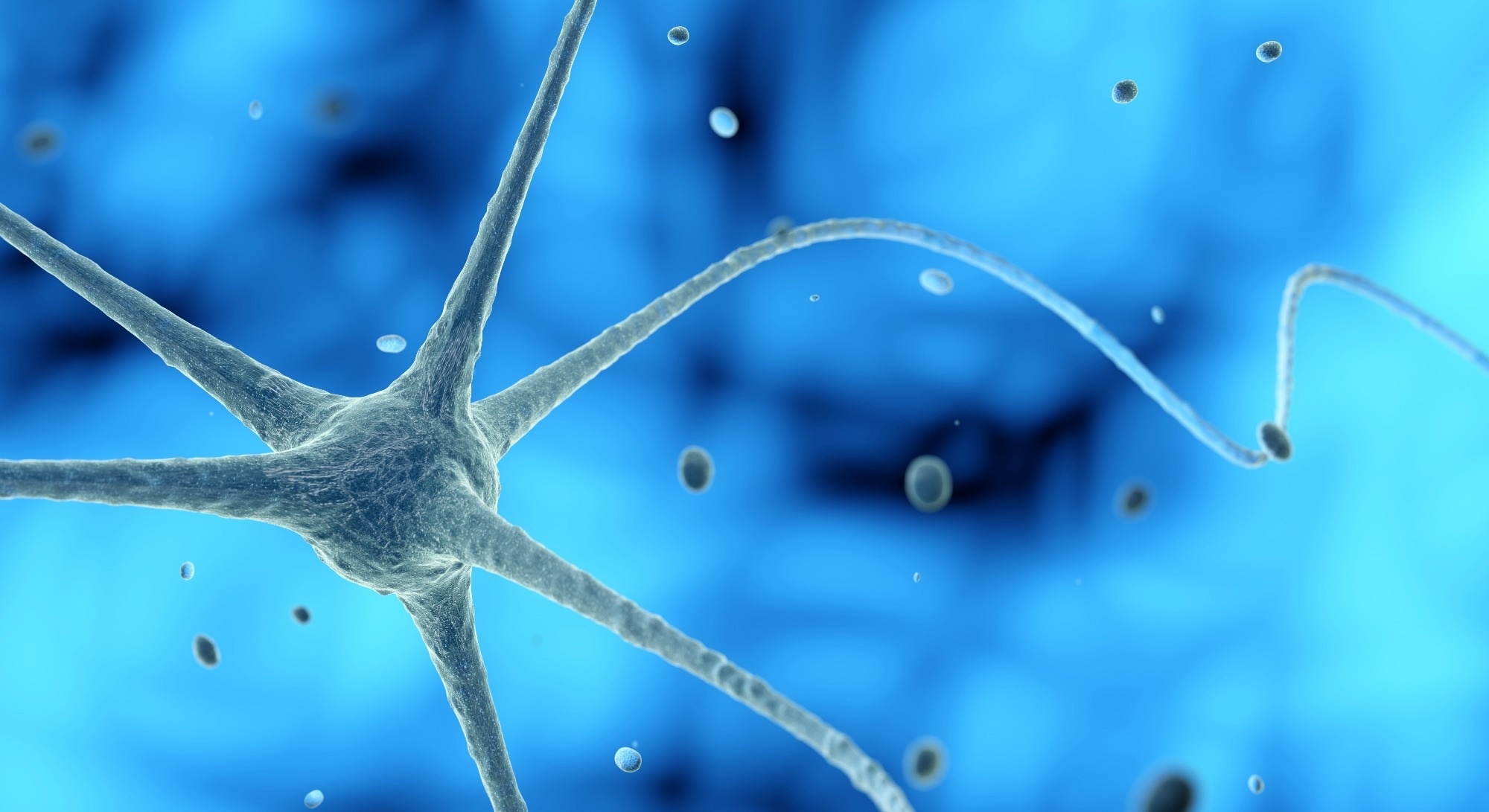In a recent study published in Cell, researchers established fetal brain organoids (FeBOs) as a versatile platform for brain cancer modeling.
 Study: Human fetal brain self-organizes into long-term expanding organoids. Image Credit: cones / Shutterstock.com
Study: Human fetal brain self-organizes into long-term expanding organoids. Image Credit: cones / Shutterstock.com
What are organoids?
Human organoids, which are three-dimensional (3D) structures derived from stem cells, closely mimic real tissue, thus enabling the study of human biology in health and disease. Organoids can be sourced either from pluripotent stem cells (PSCs) or tissue stem cells (TSCs).
PSC organoids replicate developmental stages, whereas TSC organoids from adult or fetal tissues utilize the body's regenerative capabilities. Taken together, these organoid models offer novel insights into developmental pathways, tissue-specific functions, and disease states.
Brain development research, which is traditionally reliant on animal models, benefits from the use of human-derived 3D brain organoids. Nevertheless, these organoids present challenges in mimicking the unique features of human brain development, such as complex expansion and differentiation.
Further research is needed to optimize and enhance the characterization, neuronal specification, electrophysiological properties, and development of more refined maturation protocols for FeBOs, as well as explore their region-specific responses and cytoarchitecture.
Study findings
In the present study, researchers investigate the development of human brain organoids from fetal brain tissue, focusing on the early to mid-neurogenesis period. Biological tissues up to 15 gestational weeks of age were cut into small pieces to preserve tissue architecture. These fragments were cultured in a serum- and extracellular matrix (ECM)-free medium with growth factors to ultimately form FeBOs.
FeBOs were associated with a high success rate in culture of over 95% and could be passaged reliably, all the while ex-consistent expansion and morphology across different lines and donors. Over a period of eight months, these organoids exhibited significant biomass growth of up to 15,000-fold.
The cellular composition of FeBOs was analyzed using neurodevelopmental markers. To this end, FeBOs consisted of abundant neural stem/progenitor cells and neuronal cells, including a population of outer radial glial cells, a cell type enriched in primates.
Transmission electron microscopy (TEM) confirmed neural tissue features like neurites and axons with microtubules present within FeBOs. Furthermore, lentiviral infection studies supported ongoing neurogenesis in these organoids. Transcriptomic characterization showed the absence of non-neuroectodermal markers and confirmed the exclusive neuroectodermal identity of FeBOs.
Region-specific FeBOs were generated from different brain regions, which exhibited distinct cellular compositions reflective of their regions of origin. To this end, quantitative polymerase chain reaction (qPCR) assay was used on the original tissue fragments, which confirmed that most tissues originated from the telencephaic region due to expression of forkhead-box G1 (FOXG1+).
Both dorsal and ventral forebrain markers were identified in respective FeBOs by empty spiracles homeobox 1 (EMX1+) and paired box 6 protein (PAX6+) expression in dorsal fragments, and distal-less homeobox 2 (DLX2+), GS homeobox 2 (GSX2+), and NK2 homeobox 1 (NKX2-1+) expression in forebrain fragments. Long-term culture stability was assessed, and some degree of gradual maturation was observed in FeBOs over time.
The effect of modifying culture conditions on FeBO maturation was also investigated. More specifically, altering the in vitro environment by withdrawing certain growth factors and adding basement membrane extract decelerated cellular expansion and induced changes in gene expression that were indicative of neuronal maturation. Matured FeBOs exhibited increased expression of neuronal markers and reduced expression of certain stem cell markers.
Comparative analyses revealed that the extracellular matrix (ECM) profiles of FeBOs closely resembled developing human brain tissue. Likewise, proteomic analyses confirmed the similarity of FeBO ECM components to those of human fetal brain tissue, thereby distinguishing these organoids from PSC-derived 3D brain models.
The study findings demonstrate that FeBOs can serve as a versatile platform for brain cancer modeling. Through clustered regularly interspaced short palindromic repeats (CRISPR) editing, mutations associated with brain disorders and cancers were introduced, which subsequently led to observable changes in cell behavior and response to drugs. These mutant FeBOs, particularly triple knockout lines, were used in mutation-drug sensitivity assays, showing potential for scalable and reproducible brain cancer modeling.
Conclusions
The FeBOs generated in the current study resembled various aspects of the human fetal brain, including their cellular diversity and transcription profiles. As compared to PSC-derived brain models, FeBOs are not capable of naturally progressing to later stages of development, thereby allowing researchers an opportunity to generate reproducible FeBO organoid lines with robust cellular heterogeneity that can be selectively matured for specific studies.
Journal reference:
- Hendriks, D., Pagliaro, A., Andreatta, F., et al. (2024). Human fetal brain self-organizes into long-term expanding organoids. Cell. doi:10.1016/j.cell.2023.12.012